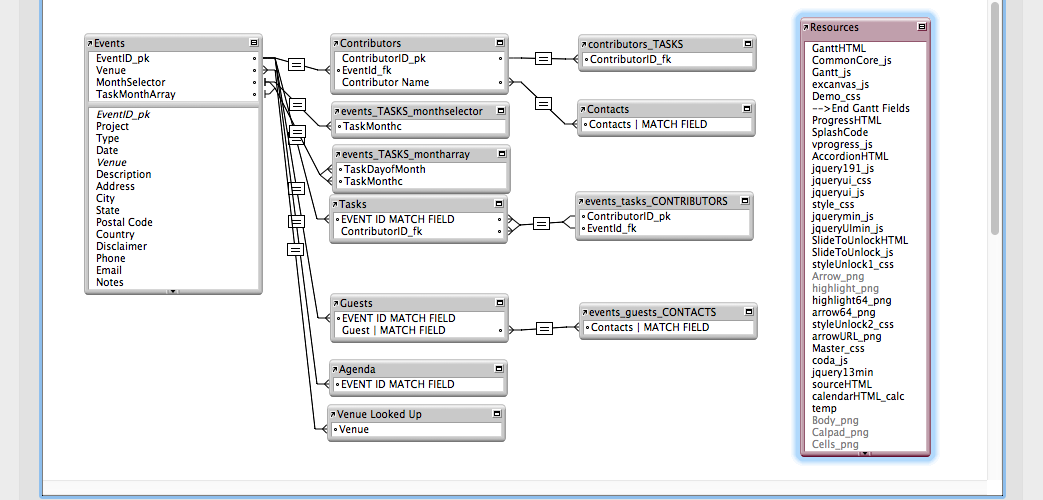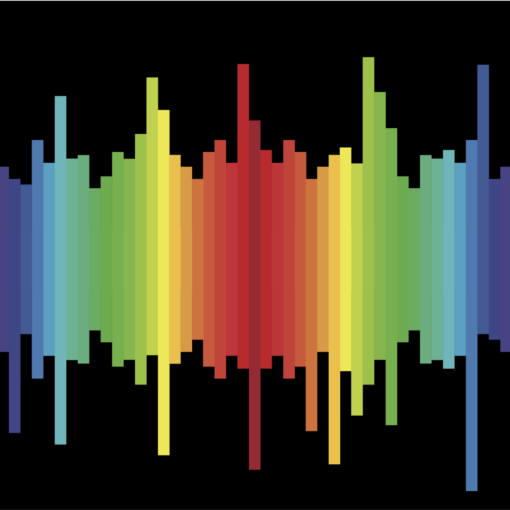A Discussion/Question/Tip: Relationship Graph Structure
Level: Medium
By: Laura Betz
Relationship graphs are vital to how FileMaker database files function. They are unique in that there are table occurrences (TOs) instead of the actual tables, unlike in an entity relationship diagram (ERD).
·The structure is different when it is possible to put multiple representations of a table in the graph.
·Almost all relationships need to be set up in TOs to send or receive proper information to a user.
There are methods within FileMaker to organize the use of TOs; however the ultimate structure is up to the developer and what they feel works well. One popular method for setting up table relations is the anchor-bouy. With an anchor-bouy there is a main table and everything is related to the table. There could be several different anchor-buoys in the relationship graph. These anchor-bouys could have the same main table or other tables as the anchor. This is useful for data separation and therefore speed.
Squid is similar to anchor-buoy with the exception of the placement of the TOs. Squid may be more visually appealing, and can establish a different order of importance in tables.
Some developers’ styles chose to have everything related, while others have extra copies of table TOs. The extra copies allow for ease of scripting use. Scripts that do not look at data do not need a TO.
For more information about relationship graph structure I have included these following links that I found to be extremely helpful. Enjoy!
https://www.filemaker.com/help/14/fmp/en/html/relational.12.3.html





